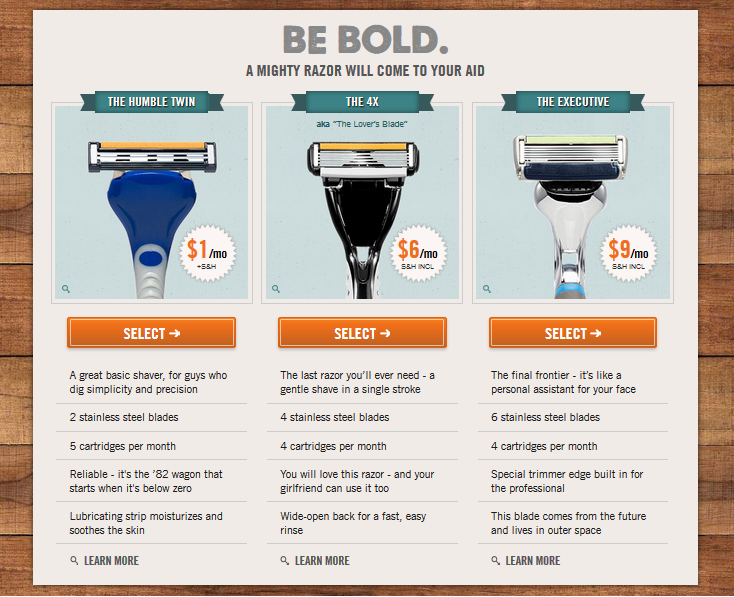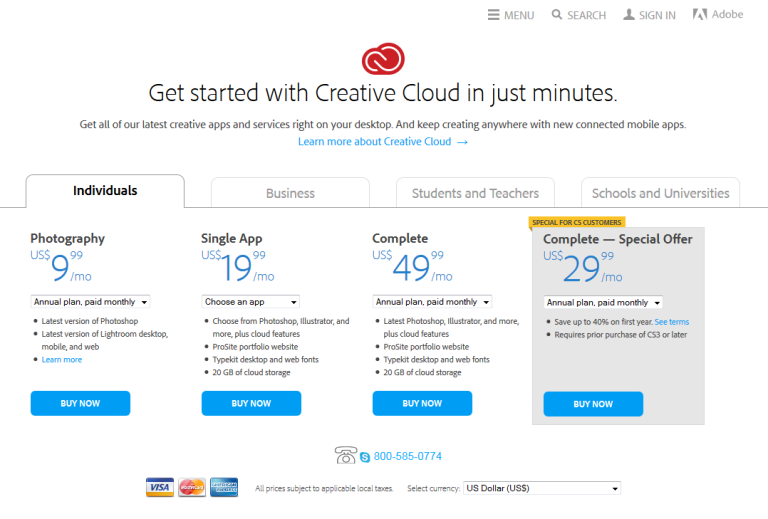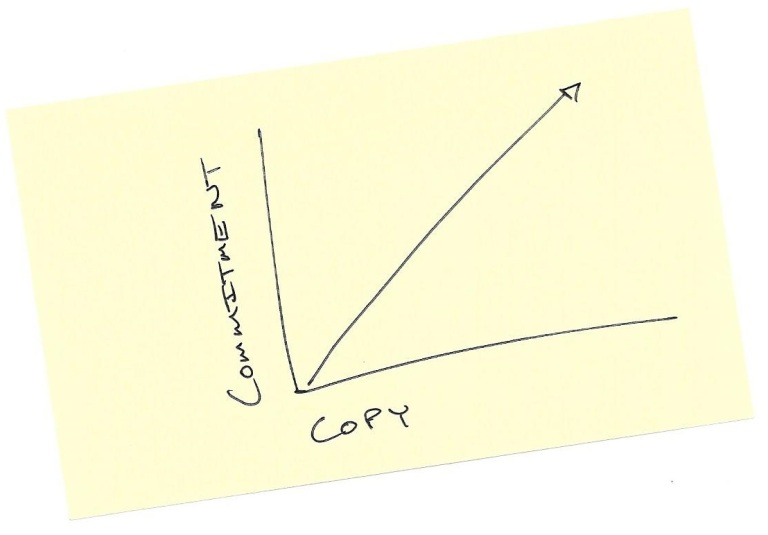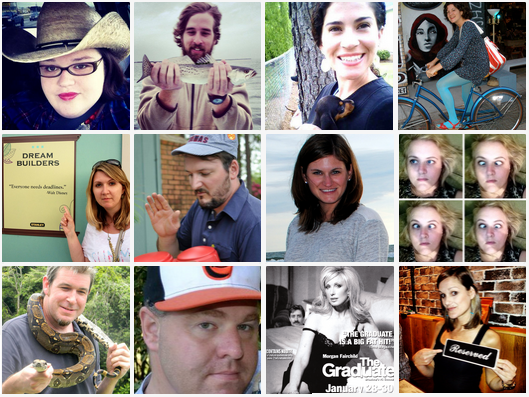
Most toddlers love candy. A little bit of it can fuel them for hours.
Many adults love books. A few dozen pages can fuel them for hours.
Many toddlers love books, just as many adults love candy. But hand a book to a toddler, and you will probably see him lose interest in seconds. Hand some chocolate to an adult, and you will problem see her sugar-crash minutes later.
As a writer, do you know what your readers like to EAT? Do you know what fuels them to hire you, buy your books, read your stuff?
To be a successful professional writer—and this goes for writers of all ilks: creative, commercial and cerebral—you must always keep your readers foremost in mind; you must know what your readers like to EAT.
Here’s a nifty acronym to help you remember:
E Know what excites your readers: Ask yourself, what do my readers absolutely love?
A Know what agonizes your readers: Ask yourself, what are my readers’ pain points? How can I solve those problems for them?
T Know what treats your readers: Ask yourself, what is something extra—an incentive, surprise, bonus or gift—my readers will enjoy or benefit from?
Now that we’ve gotten the mnemonic device out of the way, back to the story …
Recently I was on a Google Hangout with a company I write marketing copy for. It was a brainstorming session at a B2C whose primary function is selling subscription newsletters to independent investors. No ideas were off the table.
These kinds of meetings can be invaluably useful. They can also be downright dangerous.
During this meeting, a talented graphic designer—someone with a long track record of creating designs that catch readers eyes and communicate your message—advocated the use of short copy over long copy, as a general guideline, for the firm’s landing pages. He then suggested that the site redesign he and others are working on will limit the use of long-form storytelling.
“Sometimes we just need to get out of the way,” he said, pointing to an advertisement for a monthly razor subscription with a 30-day money-back guarantee. “When you have a 30-day guarantee, you don’t need a lot of copy to sell it.”

Razors?
Screech … CRASH!
My mind-car—I drive a vintage black Porsche in my mind’s eye (don’t judge)—skidded out of control and smashed into a wall.
A colleague chimed in to agree, pointing to a different landing page—this one for a $29 cloud storage solutions for individuals and small enterprises.

“See how there is very little copy on this page,” he pointed out, excitedly lauding it as a beautiful landing page model to follow.
Pffft, plop … BOOM!
The wheels on my mind-Porsche deflated, fell off and burst into flames. Noxious smoke filled the air.
You see, there are a couple of problems here:
1.) To be successful, you must tell compelling stories.
When you find the above pages online and trace readers’ various paths to them, you find that you are always channeled first through a landing page with a story to tell. The above examples are in fact only a small part of a larger suite, or microsite, of landing pages that include many different types of media: text, video, product shots and a good bit of clicking and scrolling. Finally, all of these pages funnel you to the same goal: a call to action to choose the right offer/pricing for you.
Though your storytelling can change mediums and span multiple pages, channels and even time, never forget that the story itself is the vital ingredient to successful marketing, no matter your industry. The plate just plays a supporting role.
Point is, your readers are much more concerned about the story you have to tell than the medium in which it’s served. So you should think of your story as the food and the delivery medium as the plate.
2.) If you’re not sure what works better, long copy or short, this medium or that, you should test it.
I’ve written landing pages and emails for this firm for eight years—that’s more than 15 thousand hours of writing hundreds of messages. During that time, we’ve run countless experiments. Every A/B spit test we’ve run on long copy vs. short —every single one—reaffirms the financial publishing industry’s standard: long copy outperforms short. It just does.
But let me be clear, that may not be the case in your industry—though my money is on that it is. Why? All industries are different. But no matter what you sell, you’d be a fool not to experiment with longer copy. (You’d also be a fool to expect all customers to read every bit of copy you provide. You should only expect them to find and read what’s relevant to them. But that’s another story for another post.) Long copy is not better simply because it’s long; it’s better because it leaves no stone unturned. Long copy thoroughly lays out your offer; it provides the excitement your readers look for; it treats readers to new discoveries; and it relieves the pain points your readers agonize over. As a result, long copy increases demand for what you have to offer.
Bob Bly, one of the top direct response copywriters in the world, says that the length of copy should increase commensurately with the customer’s perceived commitment to your offer.

What do razors and cloud storage have in common in terms of their offer’s perceived commitment? They are both things you may need but never want to think about. You want them ready to perform when called upon—that’s it. As long as they work reliably and are competitively priced, you’re happy, right?
Now, depending on your niche and your brand’s style, you may pull off your storytelling in smaller, bite-sized communications, but be assured that the brands that tell the most epic stories in their niches are those best positioned to dominate.
Giving your readers stuff they like to EAT—stories that keep customers’ attention for months, years, even a lifetime—is the single best way to engage your customers and increase your bottom line over the long term.
Key takeaways:
Your storytelling is your first impression. The prose and media of your marketing should impute the value and format of what you have to offer. If you’re selling razors, and you want to shorten your story’s delivery by experimenting with video, make sure the video is shorter than the time it takes to shave. If you’re selling cloud storage, make sure the video exudes security and reliability, but make it short, too, because people don’t want their cloud storage solution to take up much of their time.
Always be experimenting. Find the right mix of length and medium to optimize your message for the greatest impact. Running A/B split tests may take a little extra time, but as they say, you don’t know what you don’t know. Having an ongoing testing strategy, and running your tests properly and efficiently, is the only way to guarantee consistent improvement. If you’re not testing, I guarantee you are missing out on 20%, 50%, even 100% greater success in whatever your key metrics may be. If you’re not testing, you’re not marketing.
Never confuse the food for the plate. Your story is the food; its medium is the plate. Always be sure to serve your readers stuff they like to EAT.




